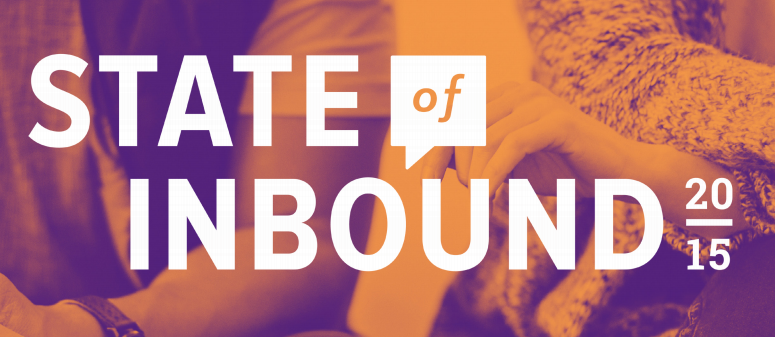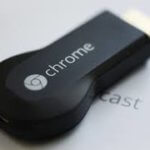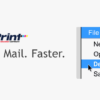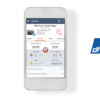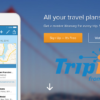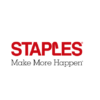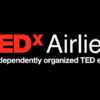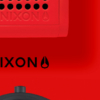Insights on Inbound
Hubspot recently published one of it’s signature market research reports – The State of Inbound Marketing 2015
This statistically dense report comprehensively compiles survey data and insights from marketers around the world who describe their challenges, priorities, success stories, and tactics.
Here are the report’s self identified top 7 takeaways – with some added/abbreviated stats & SISDigital Insight.
1. 3 out of 4 marketers across the globe prioritize an inbound approach to marketing.
To refresh your memories, Inbound Marketing is an approach to marketing & advertising that prioritizes the use of helpful content to build brand authority, attract leads, and inspire those leads to engage with the brand on their own accord. Hubspot’s philosophy is summed in 4 words: “Attract (leads). Convert. Close. Delight”. Survey data within the report continues to suggest that the inbound approach to marketing is becoming more effective than traditional advertising in terms of in revenue generation, building brand loyalty, and proof of ROI.
Bottom line – setting up & measuring inbound marketing pathways to purchase allows for marketers to not only delight customers, but also track any revenue generated from said customers and prove ROI more effectively.
2. Both inbound and outbound marketers rank paid advertising as the #1 most overrated marketing tactic.
“Approximately 32% of survey respondents whose companies identify as primarily outbound organizations called paid advertising the most overrated marketing tactic — the number one answer by a wide margin.”
–State of Inbound
Both inbound advocates and traditional marketers agree that paid advertising (i.e. TV, Print, Billboards, etc.) tactics are overrated – especially when it comes to proving ROI. Despite this majority opinion, big brands with the funds to invest in these mediums do so to diversify their advertising portfolio and promote brand awareness.
3. Proven marketing ROI unlocks budget. But you have to be tracking ROI in the first place, which not everyone is doing.
Inbound is quickly becoming the solution to SMB’s low-cost advertising needs. With Inbound, small companies prioritize the dispersion of valuable content over (potentially costly) ads, and therefore pull customers to them by virtue of being useful. Additionally, inbound strategy doesn’t force marketing messaging onto customers – providing a less “salesy” and more authentic experience for leads.
4. Leading marketers recognize that inbound is a long game. Both past success and past failure with inbound correlates with an inbound marketing budget increase.
Modern day marketing is a game of deciding on courses of education through market research, taking said course of action, measuring results, and making necessary adjustments. There is no one-size-fits all solution for advertising strategy and the same holds true for inbound. Nevertheless, setting up measurable inbound strategies and using analytics to refine such strategies leads to consistent improvement – hence the increase in inbound marketing budget across verticals.
5. Inbound is the preferred marketing strategy regardless of company type. B2B, B2C, nonprofit — everyone’s implementing inbound tactics.
While the nature of the content used in inbound marketing can differ greatly for B2B, B2C, and nonprofit organizations, its effectiveness and measurability have inspired marketers of all types to adopt it.
6. Inbound campaigns achieve higher ROI than outbound. This holds true across different company sizes and budgets.
Check out hubspot’s library of case studies and you’ll notice discrepancy between pre and post inbound business results.
7. Establishing a Marketing-Sales service level agreement (SLA) leads to higher ROI. The presence of an SLA also correlates with budget and staff increases
The success of an organization’s inbound marketing initiatives is highly dependent on forming a strong team efficacy between sales & marketing personnel.
—
Still not convinced or need more explanation? Give us a shout at info@sisdigital.agency – we live and breathe this stuff!
About Ian Western
Ian joins SayItSocial with an arsenal of brand, sports, and digital marketing experience. He feverishly devours all kinds of media - digital or otherwise - which adds to his unique perspective on millenial marketing. When unplugging, Ian can be found blasting house music while riding atop some type of bike, board, or boat. LinkedIn

Like What You Are Reading? Subscribe To Read More
Join our mailing list to receive the latest news and updates from our team.
